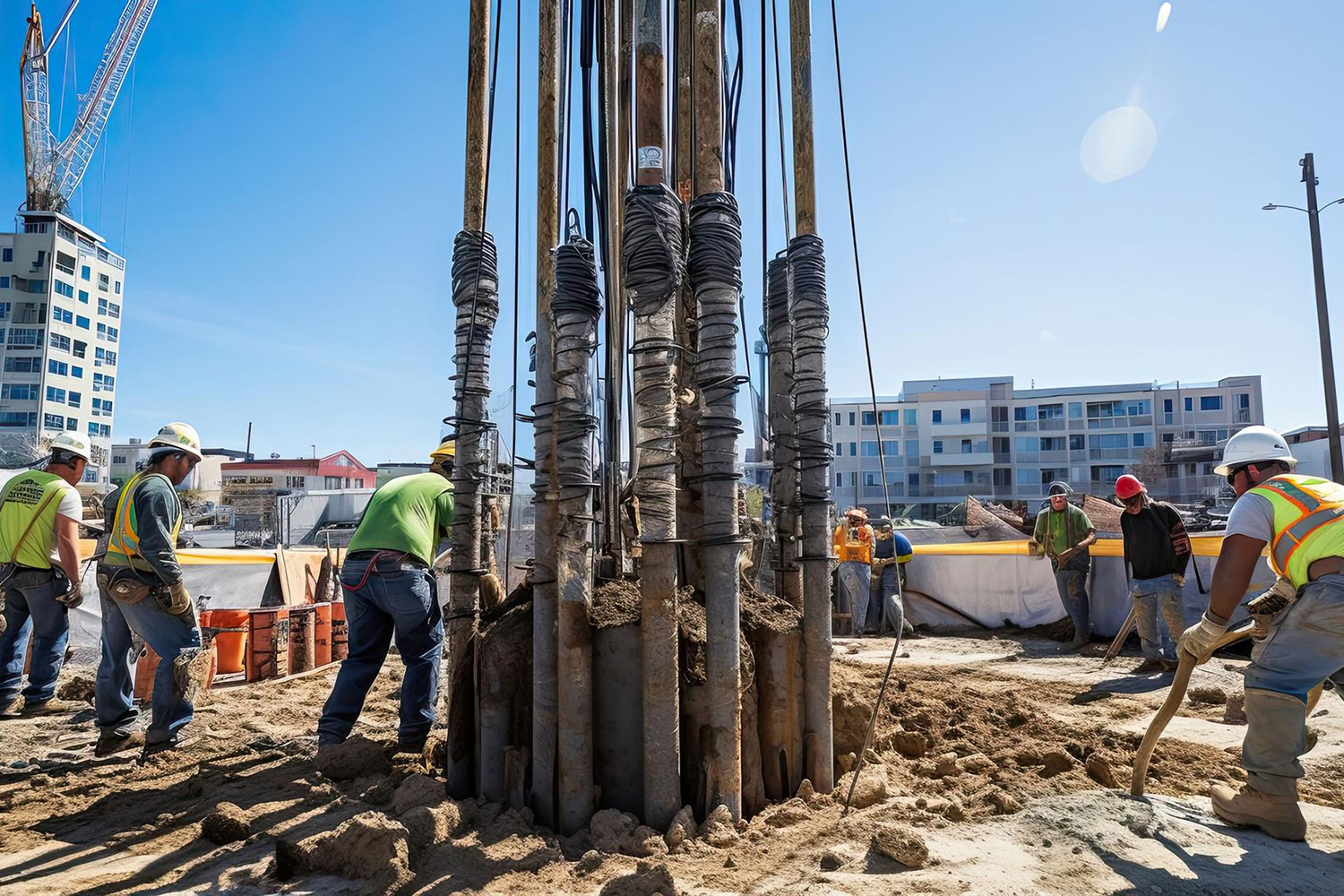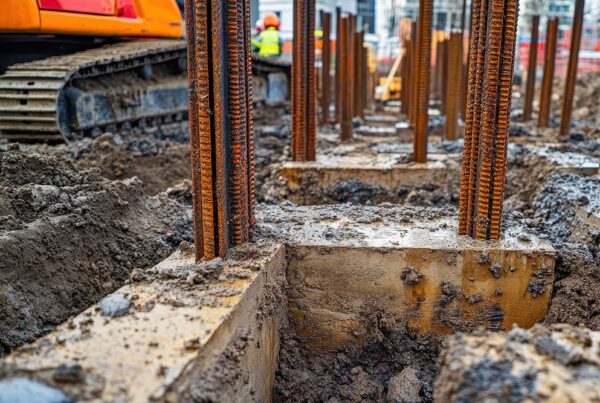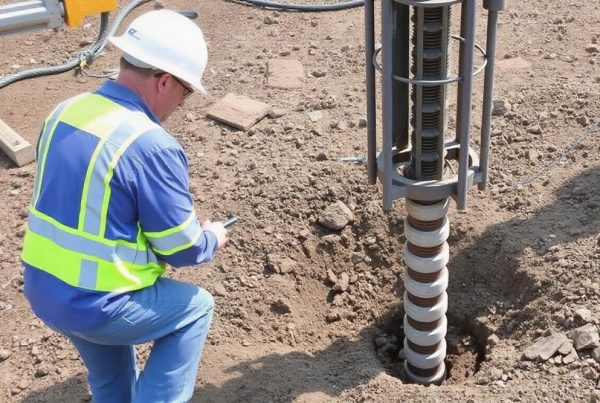When it comes to constructing stable and durable foundations, choosing the right foundation system is crucial. Driven piles and other foundation systems, such as drilled shafts, mat foundations, and spread footings, each have their own advantages and applications. This article provides a comparative analysis of driven piles versus other foundation systems, highlighting their benefits, limitations, and ideal use cases.
Driven Piles
Advantages:
1. High Load-Bearing Capacity: Driven piles are renowned for their ability to support heavy loads, making them suitable for large structures like bridges, high-rise buildings, and industrial facilities.
2. Rapid Installation: The installation process for driven piles is relatively quick, which can lead to time and cost savings on construction projects.
3. Suitability for Various Soil Types: Driven piles can penetrate through soft soils and reach deeper, more stable layers, providing a reliable foundation in a variety of soil conditions.
4. Minimal Site Preparation: The use of driven piles often requires less site preparation compared to other foundation systems, which can further reduce project timelines.
Limitations:
1. Noise and Vibration: The driving process can generate significant noise and vibration, which may not be suitable for urban areas or sensitive environments.
2. Equipment Accessibility: Heavy equipment is required for installation, which may not be feasible in sites with limited access or space constraints.
3. Potential for Damage: There is a risk of damage to the piles during the driving process, particularly in rocky or dense soil conditions.
Other Foundation Systems:
Drilled Shafts (Caissons)
Advantages:
1. Deep Foundation Capability: Drilled shafts can reach great depths, making them ideal for structures requiring deep foundations.
2. Reduced Noise and Vibration: The drilling process generates less noise and vibration compared to driven piles, making it suitable for urban environments.
3. Customizable Sizes: Drilled shafts can be tailored to specific project requirements, providing flexibility in diameter and depth.
Limitations:
1. Longer Installation Time: The drilling and concreting process for drilled shafts can be time-consuming, leading to longer project timelines.
2. Higher Costs: The complex installation process and equipment required for drilled shafts can result in higher costs compared to driven piles.
Mat Foundations
Advantages:
1. Uniform Load Distribution: Mat foundations distribute the load evenly across a large area, making them suitable for structures with variable load conditions.
2. Reduced Differential Settlement: The large surface area of mat foundations helps minimize differential settlement, ensuring structural stability.
Limitations:
1. Shallow Depth: Mat foundations are typically shallow, limiting their use in areas with deep, unstable soils.
2. Large Footprint: The extensive area required for mat foundations may not be feasible in sites with space constraints.
Spread Footings
Advantages:
1. Cost-Effective: Spread footings are relatively simple and cost-effective to construct, making them ideal for smaller structures.
2. Ease of Construction: The straightforward design and construction process of spread footings result in faster project completion times.
Limitations:
1. Limited Load Capacity: Spread footings are generally suitable for lighter loads and may not provide adequate support for large, heavy structures.
2. Soil Dependence: The performance of spread footings is highly dependent on soil conditions, requiring stable and uniform soils for optimal performance.
Conclusion
Choosing the right foundation system is critical for the success of any construction project. Driven piles offer high load-bearing capacity, rapid installation, and versatility in various soil conditions, making them suitable for large and complex structures. However, they may not be ideal for urban areas due to noise and vibration concerns. On the other hand, drilled shafts, mat foundations, and spread footings each have their own advantages and limitations, making them suitable for specific applications. By understanding the unique benefits and challenges of each foundation system, engineers and builders can make informed decisions that ensure the stability and durability of their projects.






